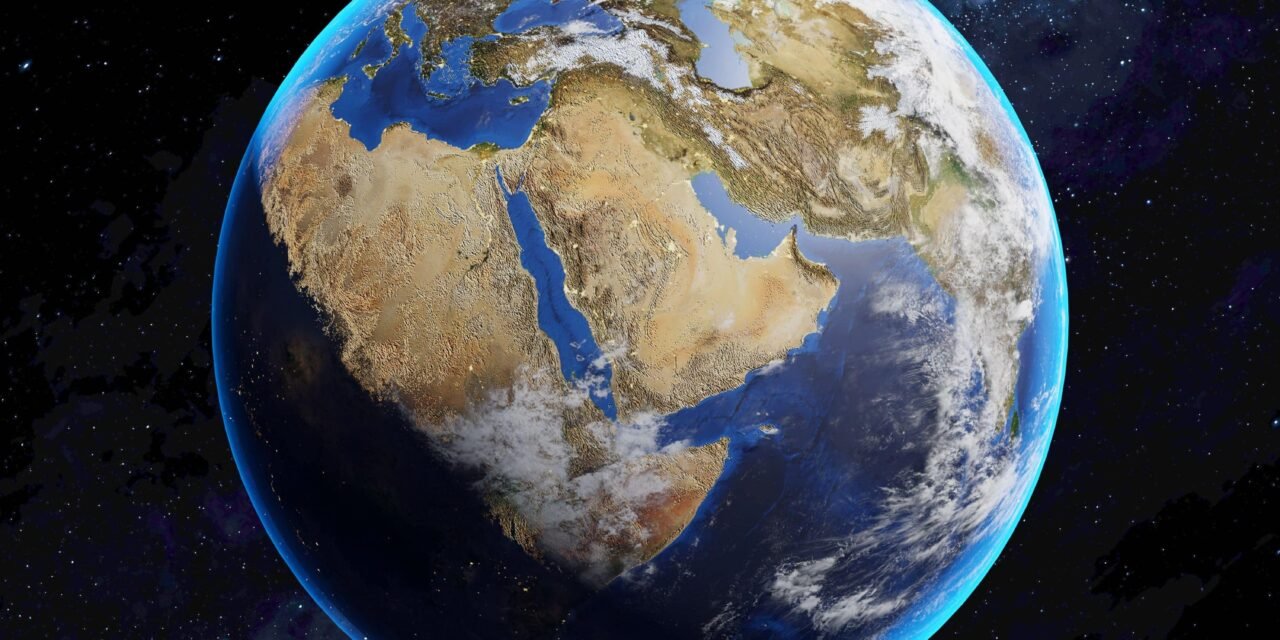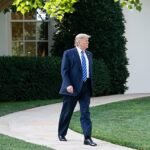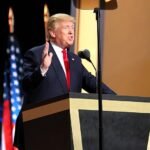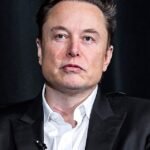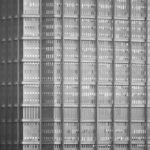President Donald Trump laid out an ambitious plan on Tuesday to build a “Golden Dome” missile defense system, a massive shield designed to protect the United States from a wide array of aerial threats. Speaking from the Oval Office, Trump promised the system would be fully operational by the end of his term in 2029, a timeline that has sparked both enthusiasm and skepticism. With a price tag of $175 billion, the project aims to counter growing dangers from adversaries like China and Russia, but it’s already stirring debate over its feasibility, cost, and potential to reshape global security dynamics.
Flanked by Defense Secretary Pete Hegseth, Trump described the Golden Dome as a game-changer, capable of intercepting missiles “even if they are launched from the other side of the world, or even from space.” The system, inspired by Israel’s Iron Dome but on a far grander scale, would rely on a constellation of satellites for missile detection and space-based interceptors to neutralize threats in their early stages. Trump tapped Space Force General Michael Guetlein, the vice chief of space operations, to lead the effort, emphasizing that the U.S. now has the “super technology” to make this vision a reality—something he said eluded President Ronald Reagan during the 1980s with his “Star Wars” initiative. “This is a very dangerous world,” Trump said, standing beside posters of a golden ring encircling a map of the U.S. “We’re going to protect our citizens like never before.”
The announcement comes after months of planning, following Trump’s January executive order directing the Pentagon to develop a next-generation missile defense shield. The Golden Dome is meant to tackle not just ballistic missiles but also hypersonic weapons, cruise missiles, and even fractional orbital bombardment systems—emerging threats that could strike from unpredictable angles. An initial $25 billion has been earmarked in Trump’s sweeping tax-cut bill, which is still under review in Congress. Republican Senator Roger Wicker of Mississippi, chair of the Senate Armed Services Committee, has pledged support, promising the funds as a “down payment” for the project. But Democrats, like Senator Jack Reed of Rhode Island, have called the budget a “slush fund,” questioning the lack of a clear plan and the system’s staggering long-term costs, which the Congressional Budget Office estimates could reach $542 billion over two decades.
The scale of the Golden Dome sets it apart from Israel’s Iron Dome, which protects a nation 400 times smaller than the U.S. and focuses on short-range threats. Trump’s vision involves a layered defense, integrating existing systems like the ground-based Aegis and THAAD with new space-based technologies. Defense experts are split on its viability. Tom Karako, a missile defense expert, called the effort “long overdue,” arguing that wars in Ukraine and the Middle East show the growing role of missiles in modern conflict. He believes the Golden Dome could deter conventional wars with powers like China by “raising the threshold” for aggression. But others, like physicist Laura Grego, warn that the system could be overwhelmed by clustered missile launches or countered by attacks on the satellites themselves. “The Earth is big, and satellites move fast,” Grego said, noting the immense challenge of positioning enough interceptors to catch missiles in their brief launch window.
The project has also raised geopolitical alarms. Russia and China have called it “deeply destabilizing,” warning that a robust U.S. missile shield could upset the balance of nuclear deterrence, potentially sparking an arms race as they expand their arsenals in response. Domestically, concerns swirl around the involvement of Trump ally Elon Musk’s SpaceX, which is a frontrunner to build key components alongside tech firms Palantir and Anduril. Some lawmakers worry the procurement process may favor Trump’s supporters, with over 40 members of Congress demanding a review of Musk’s influence.
As the Pentagon gears up to test and deploy the system, with states like Alaska and Florida set to play major roles, the Golden Dome remains a polarizing vision. For Trump, it’s a legacy-defining promise to secure the homeland. But with technical hurdles, astronomical costs, and global implications at play, the road to a fully operational shield by 2029 looks daunting. As one congressional official put it, “This isn’t just apples and oranges—it’s apples and aircraft carriers.” Whether the Golden Dome becomes a reality or joins Reagan’s “Star Wars” as an unfulfilled dream, its pursuit is already reshaping the conversation around America’s place in an increasingly volatile world.

